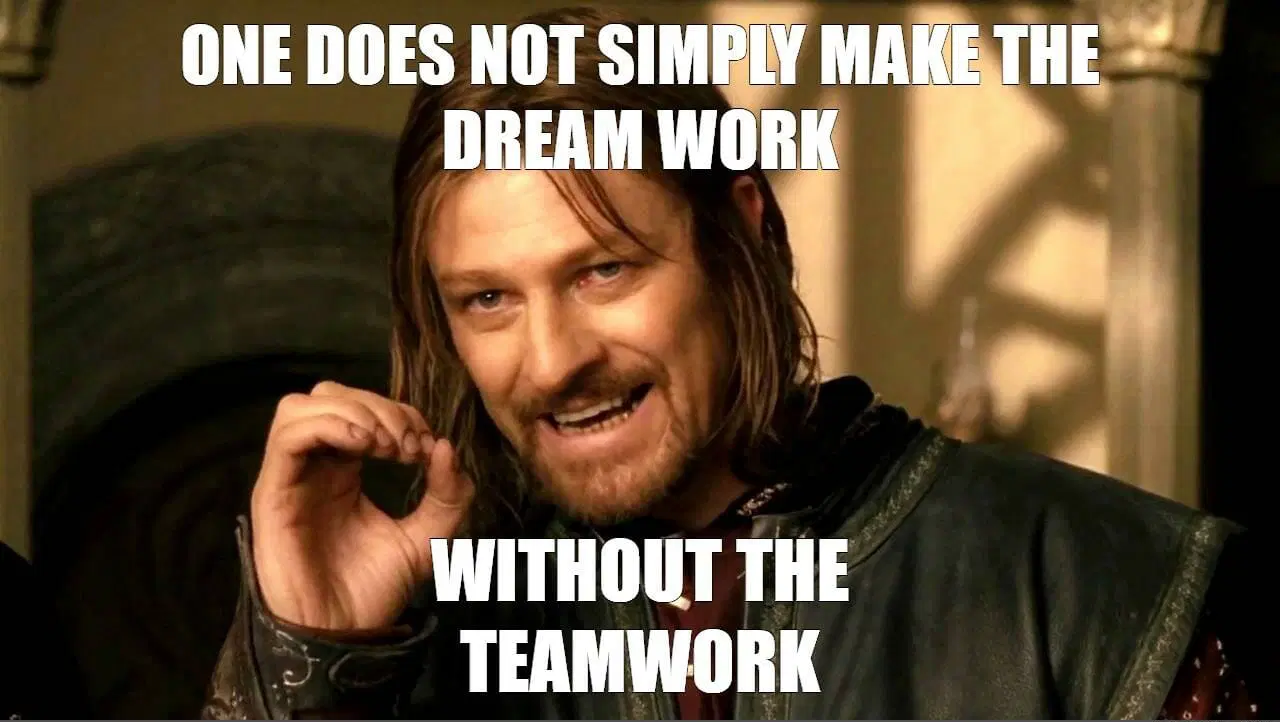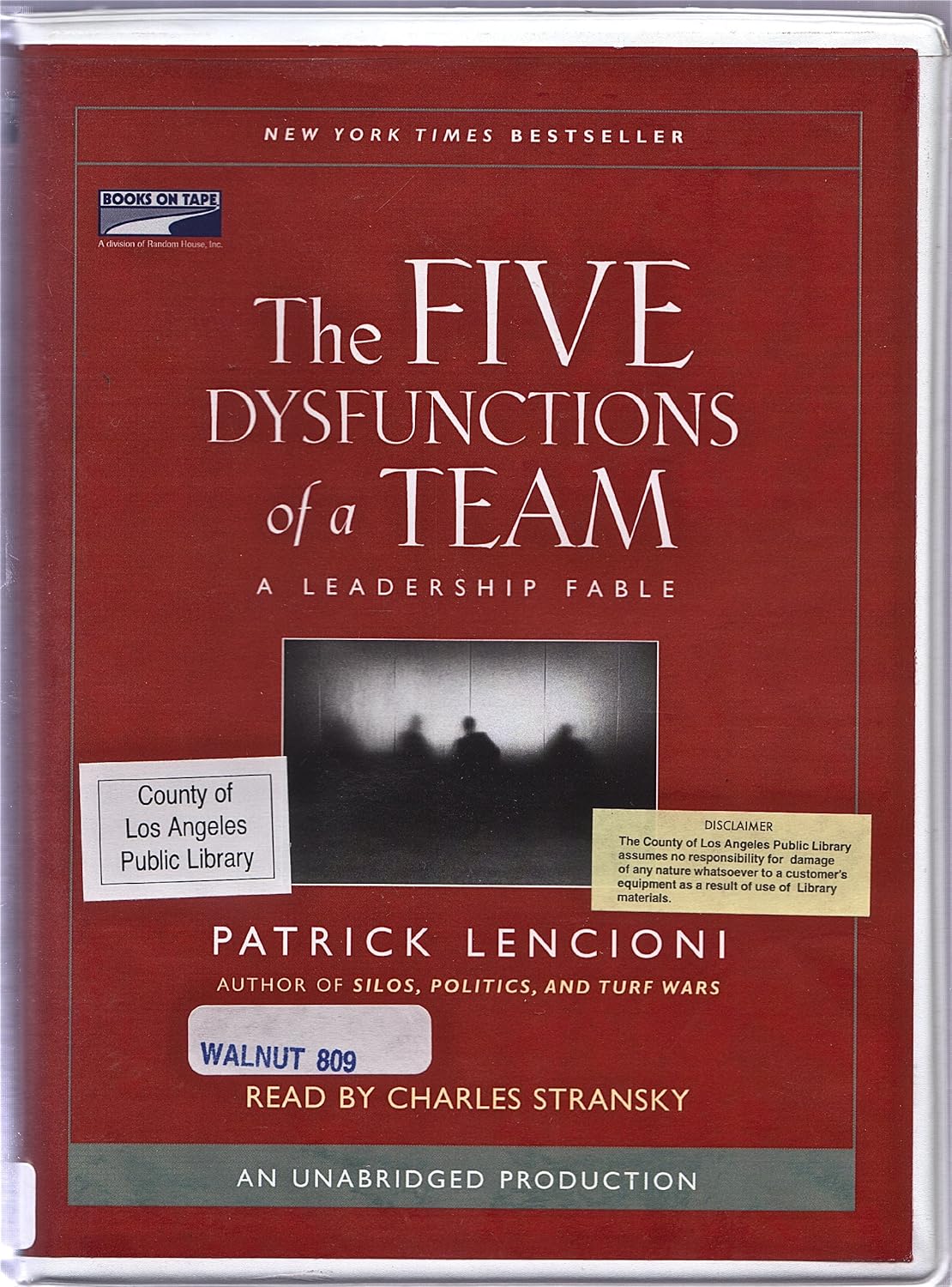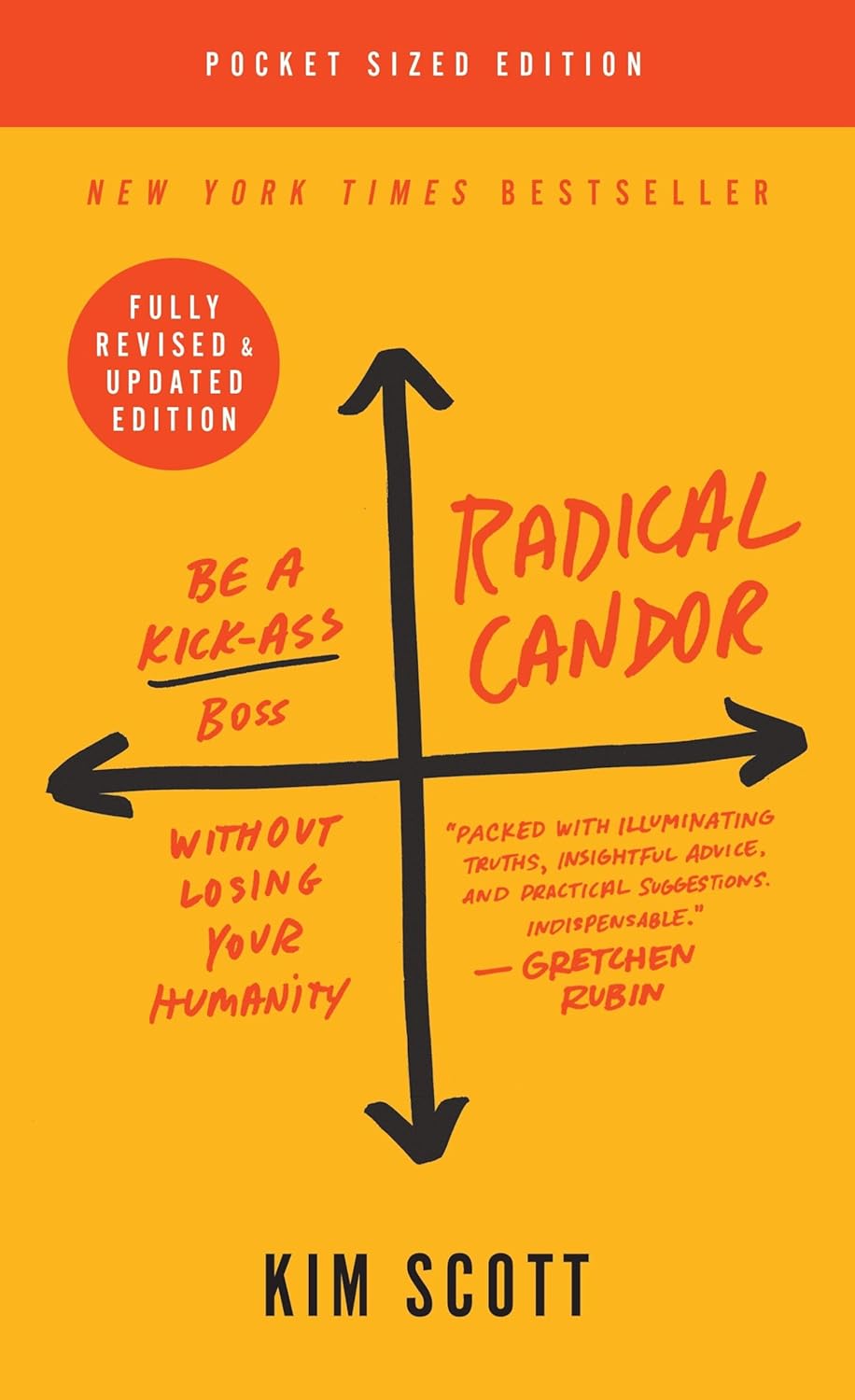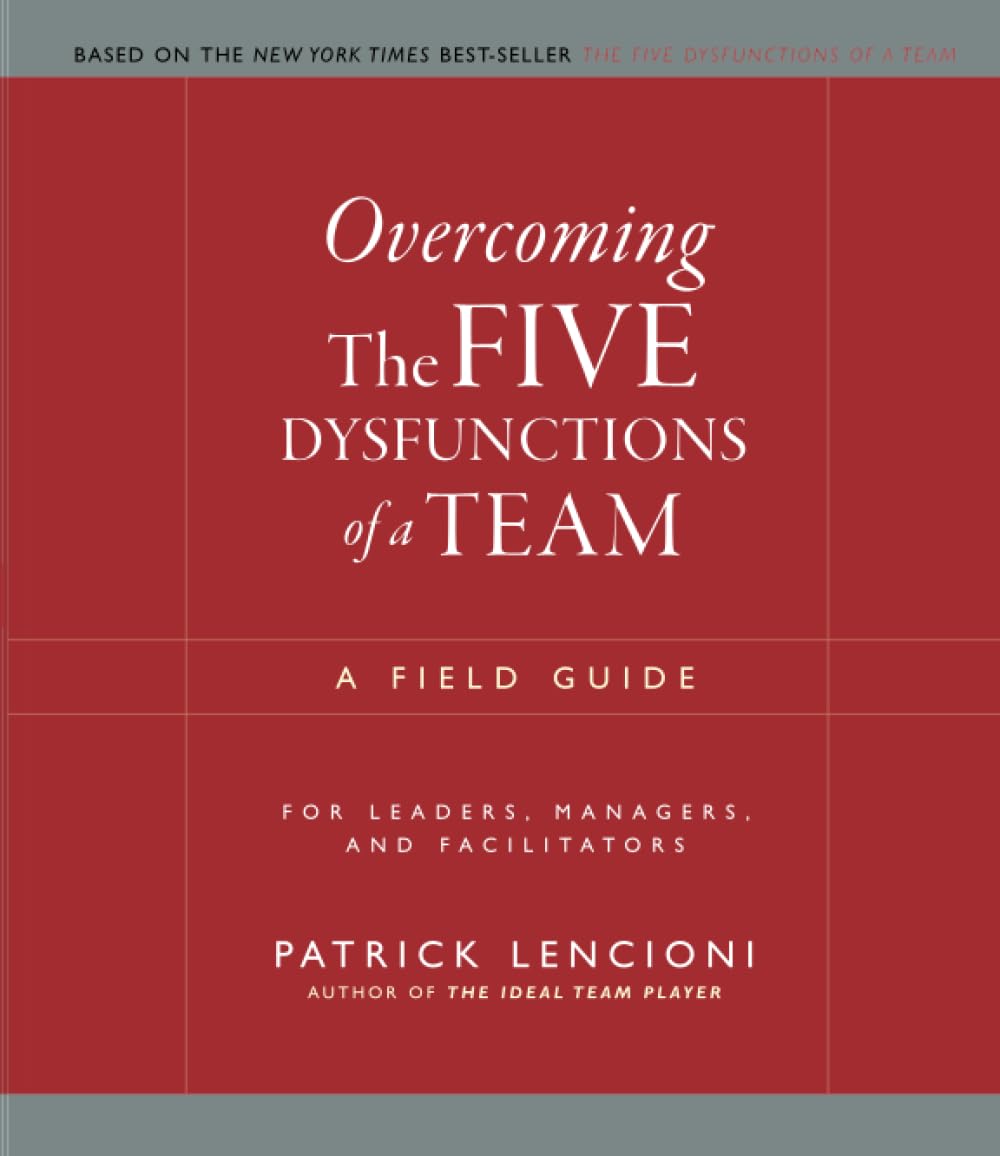Maintaining momentum during extremely long projects is like running a marathon that gets harder with each mile. Knowing the framework behind long-term motivation isn’t just helpful - it’s essential for a healthy work-life balance. In this article, we explore proven
Measuring team effectiveness: Metrics and strategies
Every organization strives to evaluate team effectiveness. If you want to turn uncertainty into clear data and improve performance, this article is for you. We'll share our experience and practical advice to help you understand what truly matters when measuring success.
Key takeaways
Set specific, measurable team KPIs aligned with company objectives
Identify skill gaps and plan targeted training programs
Benchmark team effectiveness metrics against industry leaders for continuous improvement
Introduction
Picture this: your team is working hard, tasks are getting completed, but you can't pinpoint exactly how productive these efforts are on a company-wide scale.

Without clear metrics and evaluation strategies, you're operating blind. Measuring team effectiveness isn't about total control—it's about understanding. It enables you to:
- Identify strengths and growth areas: You'll see where your team excels and where issues need attention.
- Make informed decisions: Data helps you understand where to allocate resources, which processes need optimization, and where additional training might be required.
- Motivate your team: When work results are measured and recognized, it boosts employee engagement and motivation.
- Improve communication: Transparency in metrics helps avoid misunderstandings and promotes open dialogue.
- Connect team work to organizational goals: Shows how each employee's contribution and the team as a whole impacts the achievement of company strategic objectives.
Key metrics
Measuring effectiveness is the art of choosing the right team effectiveness metrics. It's important to remember there's no universal formula: the best metrics will depend on your team's specifics and the goals it pursues. Here are several key areas worth focusing on:
1. Productivity and Work Quality
- Volume of work completed: This could be the number of projects, tasks, units produced, or requests processed. It's crucial that this indicator is specific and measurable. For example, for a development team, it's the number of completed features or fixed bugs.
- Task completion speed: How quickly does the team handle assigned tasks? Here you can use cycle time metrics or lead time. This is especially relevant for teams working with Agile methodologies.
- Work quality: Number of errors, defects, returns, or complaints. For a support team, this might be the percentage of problems successfully resolved on first contact. For marketing—campaign conversion or ROI.
- Customer satisfaction: Customer surveys (NPS, CSAT), reviews, number of repeat inquiries. Ultimately, customer satisfaction is often the indicator of real value that the team creates.
2. Collaboration and Interaction
- Communication frequency and quality: This is harder to measure quantitatively, but you can use indirect indicators such as the number of shared documents, activity in corporate messengers, or the percentage of successful cross-functional projects.
- Conflict resolution: The team's ability to effectively resolve internal disagreements and find compromises.
- Mutual support: Level of mutual assistance and willingness to support colleagues in difficult times. Team mood surveys or anonymous feedback can provide valuable information.
3. Development and Learning
- Acquiring new skills: Number of courses completed, certifications obtained, or participation in training programs.
- Application of new knowledge: How effectively new knowledge and skills are applied in practice to improve work processes or work quality.
- Skills gap analysis: Regular assessment of what competencies the team lacks to achieve current and future goals. We'll discuss this in more detail.
4. Employee Engagement and Satisfaction
- Turnover rate: If employees frequently leave, this may signal problems in the team or management.
- Absenteeism level: Frequent absence from work can also indicate low satisfaction or burnout.
- Engagement surveys: Regular anonymous surveys allowing assessment of team mood, stress levels, satisfaction with working conditions and relationships with colleagues.
Evaluation strategies
It's not enough to simply know what to measure. It's important how you do it and how you use the obtained data. Here are several effectiveness evaluation strategies that will help you create a comprehensive system:
1. Setting Team KPIs: Make Goals Measurable
KPIs (Key Performance Indicators) are your lighthouses in the ocean of data. Setting team KPIs begins with a clear understanding of objectives. Here's how to do it effectively:
- SMART principle: Goals should be Specific, Measurable, Achievable, Relevant, and Time-bound.
- Alignment with company goals: Ensure that team KPIs directly contribute to achieving the organization's overall objectives.
- Involve the team in the process: Discuss KPIs with the team. When employees participate in their formation, they feel greater responsibility and understanding of why these indicators matter.
- Limited number of KPIs: Don't overload the team with too many indicators. It's better to focus on 3-5 key KPIs that truly reflect success.
Example: If the team's goal is to improve customer service, KPIs might be:
- Customer inquiry response time: reduce to 1 hour
- Customer satisfaction level (CSAT): increase to 90%
- Number of problems solved on first contact: increase to 85%
2. Skills Gap Analysis: Filling the Gaps
Skills gap analysis is a systematic process of identifying differences between the team's current skills and those needed to achieve strategic goals. This allows for effective planning of training and development.
- Define necessary skills: What does your team need to know to be successful now and in the future? Create a competency matrix.
- Assess current skills: Conduct self-assessment, manager assessment, peer-to-peer evaluation, or use specialized tests.
- Identify gaps: Compare the current state with the desired one. Where is there a lack of knowledge or experience?
- Develop a development plan: Create individual or team learning plans. These could be courses, training sessions, mentoring, participation in new projects.
Example: If your marketing team plans to actively use video content but lacks video editing and scriptwriting skills, this is a clear deficit that needs to be addressed.
3. Implementing a Benchmarking System: Learning from the Best
Benchmarking is the process of comparing your team's performance indicators with industry best practices or benchmark teams.
- Internal benchmarking: Compare your team with other teams within your organization that show outstanding results. This helps identify internal best practices and share them.
- External benchmarking: Study competitors' or market leaders' indicators. How do they achieve their results? What processes do they use? This can provide inspiration for innovation and improvements.
- Continuous process: Benchmarking isn't a one-time action but a continuous process of seeking and implementing improvements.
Recommendations
- Regularity is key to success: Don't measure effectiveness sporadically. Establish regular evaluation cycles—monthly, quarterly, annually. This allows tracking dynamics and responding promptly to changes.
- Use technology: Specialized project management software, HR systems, survey platforms—all significantly simplify data collection and analysis.
- Feedback is a gift: Create a culture of open and constructive feedback. Regularly discuss results with the team, help them understand how their contribution affects overall indicators. Encourage self-analysis and mutual feedback.
- Not just numbers: Remember that behind all metrics are people. Consider qualitative indicators: team morale, stress levels, relationships. Numbers matter, but they shouldn't be the only criterion.
- Flexibility and adaptation: The world changes, and your metrics should change too. Be ready to review and adapt your approaches to team effectiveness evaluation as goals and working conditions change.
Interesting fact 
In 2012, Google conducted a study called "Project Aristotle" to determine what makes teams most effective. The company studied 180 teams and identified 5 key factors of team effectiveness. The main one was "psychological safety"—the ability to speak freely without fear of being ridiculed.
Related articles:
Discover how to remove obstacles to achieving your goals in the article How to become a digital nomad: Complete guide
Reach your goals faster by reading Micro-goals: Achieve big success with small steps
Boost your work productivity by exploring Transform your workflow with Taskee task boards
Conclusion
Team effectiveness evaluation is a powerful tool for organizational development and growth. Using clear team effectiveness metrics and thoughtful evaluation strategies such as setting team KPIs, skills gap analysis, and benchmarking, you can create a transparent system that not only measures results but also motivates the team toward continuous improvement. This is an investment in your company's success.
Recommended reading 

“The Five Dysfunctions of a Team: A Leadership Fable”
Reveals five main obstacles to cohesive teamwork and offers solutions through leadership and trust.
On Amazon
“Radical Candor: Be a Kick‑Ass Boss Without Losing Your Humanity”
Combining care for people with direct feedback is the key to effective and honest leadership.
On Amazon
“Overcoming the Five Dysfunctions of a Team”
A practical guide with tools and exercises for combating five dysfunctions in teams.
On Amazon






